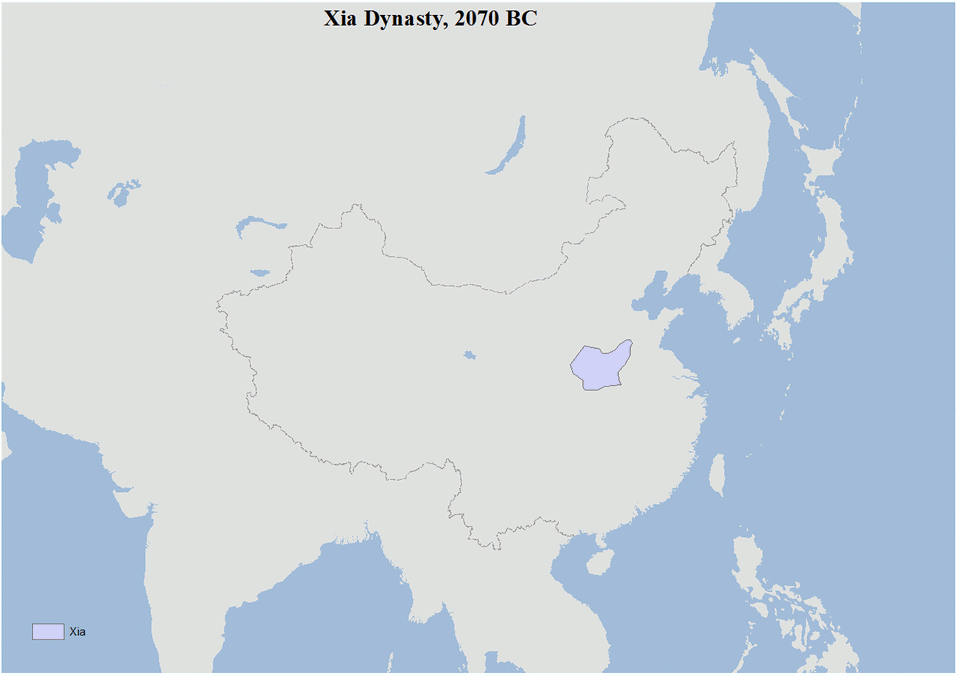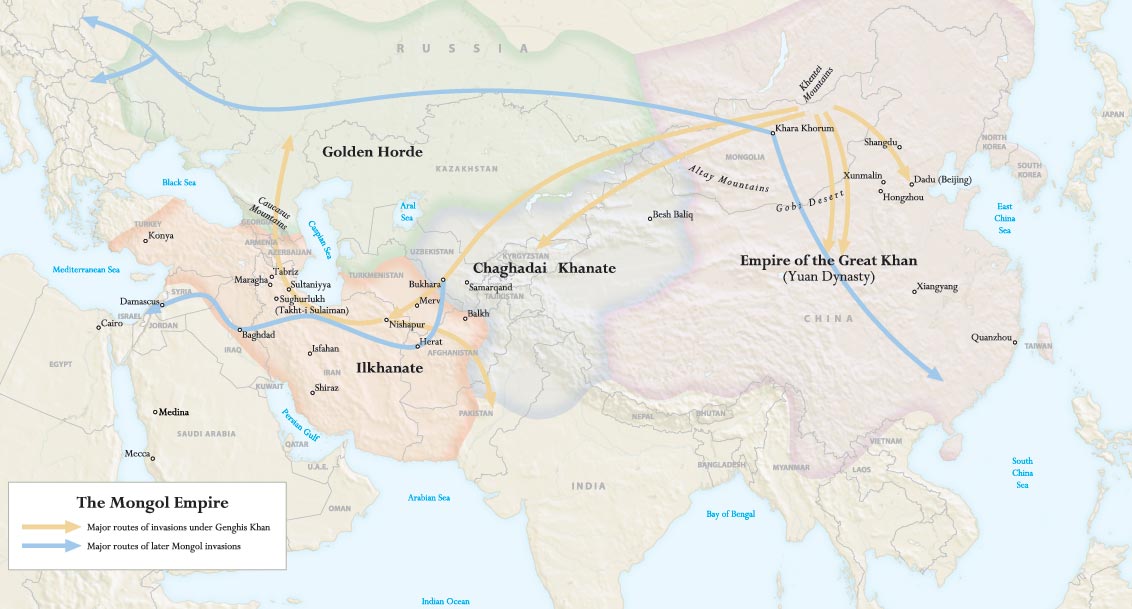|
Jiangzhou (modern Jiangxi)
Jiangzhou or Jiang Prefecture (江州) was a '' zhou'' (prefecture) in imperial China centering on modern Jiujiang, Jiangxi, China China, officially the People's Republic of China (PRC), is a country in East Asia. It is the world's most populous country, with a population exceeding 1.4 billion, slightly ahead of India. China spans the equivalent of five time zones and .... In the Yuan dynasty it was known as Jiangzhou Prefecture (江州路). References * Prefectures of the Sui dynasty Prefectures of the Tang dynasty Prefectures of Yang Wu Prefectures of Southern Tang Prefectures of the Song dynasty Prefectures of the Yuan dynasty Former prefectures in Jiangxi {{China-hist-stub ... [...More Info...] [...Related Items...] OR: [Wikipedia] [Google] [Baidu] |
Zhou (country Subdivision)
''Zhou'' () were historical administrative and political divisions of China. Formally established during the Han dynasty, ''zhou'' existed continuously in 1912—a period of over 2000 years. ''Zhou'' were also previously used in Korea (, ''ju''), Vietnam ( vi, châu), and . Overview ''Zhou'' is typically rendered by several terms in the English language: * The large ''zhou'' before the Tang dynasty and in countries other than China are called "provinces" * The smaller ''zhou'' during and after the Tang dynasty are called "prefectures" * The ''zhou'' of the Qing dynasty are also called either "independent" or "dependent departments", depending on their level. The Tang dynasty also established '' fǔ'' (, "prefectures"), ''zhou'' of special importance such as capitals and other major cities. By the Ming and Qing, became predominant divisions within Chinese provinces. In Ming and Qing, the word ''fǔ'' () was typically attached to the name of each prefecture's capital ci ... [...More Info...] [...Related Items...] OR: [Wikipedia] [Google] [Baidu] |
History Of China
The earliest known written records of the history of China date from as early as 1250 BC, from the Shang dynasty (c. 1600–1046 BC), during the reign of king Wu Ding. Ancient historical texts such as the ''Book of Documents'' (early chapters, 11th century BC), the ''Bamboo Annals'' (c. 296 BC) and the ''Records of the Grand Historian'' (c. 91 BC) describe a Xia dynasty before the Shang, but no writing is known from the period, and Oracle Bone script, Shang writings do not indicate the existence of the Xia. The Shang ruled in the Yellow River valley, which is commonly held to be the cradle of Chinese civilization. However, Neolithic civilizations originated at various cultural centers along both the Yellow River and Yangtze, Yangtze River. These Yellow river civilization, Yellow River and Yangtze civilizations arose millennia before the Shang. With thousands of years of continuous history, China is among the world's oldest civilizations and is regarded as one of the Cradle of ... [...More Info...] [...Related Items...] OR: [Wikipedia] [Google] [Baidu] |
Jiujiang
Jiujiang (), formerly transliterated Kiukiang or Kew Keang, is a prefecture-level city located on the southern shores of the Yangtze River in northwest Jiangxi Province, People's Republic of China. It is the second-largest prefecture-level city in Jiangxi province. ''Jiujiang'' literally means "nine rivers". It is one of the first five cities open to foreign trade along the Yangtze River after Chinese economic reform, Chinese Reform and Opening policy. It is Yangtze River shipping hub international gateway, and Jiangxi's only international trade port city. Jiujiang Port is the fourth largest port on the Yangtze River. Its population was 4,600,276 inhabitants at the 2020 census whom 1,164,268 in the built up area made of 3 urban districts (Xunyang District, Xunyang, Lianxi District, Lianxi, and Chaisang District, Chaisang). In 2007, the city is named China's top ten livable cities by Chinese Cities Brand Value Report, which was released at 2007 Beijing Summit of China Cities Foru ... [...More Info...] [...Related Items...] OR: [Wikipedia] [Google] [Baidu] |
Jiangxi
Jiangxi (; ; formerly romanized as Kiangsi or Chianghsi) is a landlocked province in the east of the People's Republic of China. Its major cities include Nanchang and Jiujiang. Spanning from the banks of the Yangtze river in the north into hillier areas in the south and east, it shares a border with Anhui to the north, Zhejiang to the northeast, Fujian to the east, Guangdong to the south, Hunan to the west, and Hubei to the northwest. The name "Jiangxi" is derived from the circuit administrated under the Tang dynasty in 733, Jiangnanxidao (; Gan: Kongnomsitau). The abbreviation for Jiangxi is "" (; Gan: Gōm), for the Gan River which runs across from the south to the north and flows into the Yangtze River. Jiangxi is also alternately called ''Ganpo Dadi'' () which literally means the "Great Land of Gan and Po". After the fall of the Qing dynasty, Jiangxi became one of the earliest bases for the Communists and many peasants were recruited to join the growing people's rev ... [...More Info...] [...Related Items...] OR: [Wikipedia] [Google] [Baidu] |
China
China, officially the People's Republic of China (PRC), is a country in East Asia. It is the world's List of countries and dependencies by population, most populous country, with a Population of China, population exceeding 1.4 billion, slightly ahead of India. China spans the equivalent of five time zones and Borders of China, borders fourteen countries by land, the List of countries and territories by land borders, most of any country in the world, tied with Russia. Covering an area of approximately , it is the world's third List of countries and dependencies by area, largest country by total land area. The country consists of 22 provinces of China, provinces, five autonomous regions of China, autonomous regions, four direct-administered municipalities of China, municipalities, and two special administrative regions of China, Special Administrative Regions (Hong Kong and Macau). The national capital is Beijing, and the List of cities in China by population, most populous cit ... [...More Info...] [...Related Items...] OR: [Wikipedia] [Google] [Baidu] |
Yuan Dynasty
The Yuan dynasty (), officially the Great Yuan (; xng, , , literally "Great Yuan State"), was a Mongols, Mongol-led Dynasties in Chinese history, imperial dynasty of China and a successor state to the Mongol Empire after Division of the Mongol Empire, its division. It was established by Kublai Khan, Kublai, the fifth khagan-emperor of the Mongol Empire from the Borjigin clan, and lasted from 1271 to 1368. In orthodox Chinese historiography, the Yuan dynasty followed the Song dynasty and preceded the Ming dynasty. Although Genghis Khan had been enthroned with the Han Chinese, Han-style title of Emperor of China, Emperor in 1206 and the Mongol Empire had ruled territories including modern-day Northern and southern China, northern China for decades, it was not until 1271 that Kublai Khan officially proclaimed the dynasty in the traditional Han style, and the conquest was not complete until 1279 when the Southern Song dynasty was defeated in the Battle of Yamen. His realm was, ... [...More Info...] [...Related Items...] OR: [Wikipedia] [Google] [Baidu] |
Prefectures Of The Sui Dynasty
A prefecture (from the Latin ''Praefectura'') is an administrative jurisdiction traditionally governed by an appointed prefect. This can be a regional or local government subdivision in various countries, or a subdivision in certain international church structures, as well as in antiquity a Roman district. Literal prefectures Antiquity ''Prefecture'' originally refers to a self-governing body or area since the tetrarchy, when Emperor Diocletian divided the Roman Empire into four districts (each divided into dioceses), grouped under ''a Vicarius'' (a number of Roman provinces, listed under that article), although he maintained two pretorian prefectures as an administrative level above the also surviving dioceses (a few of which were split). Ecclesiastic As canon law is strongly inspired by Roman law, it is not surprising that the Catholic Church has several offices under a prefect. That term occurs also in otherwise styled offices, such as the head of a congregation or departme ... [...More Info...] [...Related Items...] OR: [Wikipedia] [Google] [Baidu] |




